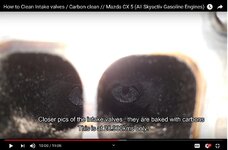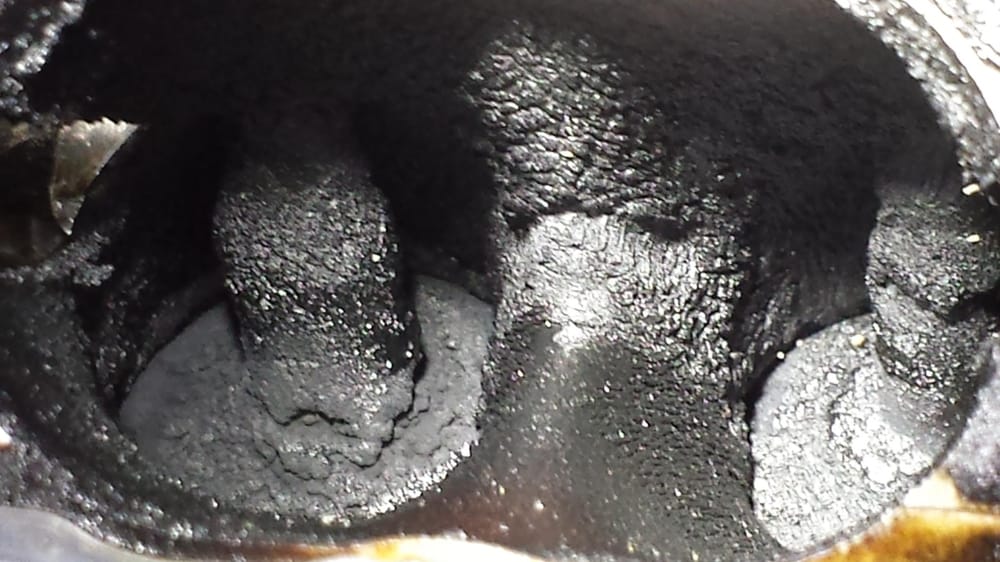- :
- Canada
I wrote this "white paper" about catch cans, a while back.
http://www.conceptualpolymer.com/Documents/pcvor.pdf
A couple of pointers:
1. Catch cans are typically mounted downstream of the PCV valve, since many PCV valves require some oil to stay functional.
2. Oil is easier to trap if it is more viscous, so the cooler the filter media and catch can, the greater the volume of oil and moisture that will be trapped.
Thanks for this. I was wrong in my original post and I've edited it as shown below. I've reviewed where the PCV valve is on the 2.5T Skyactiv-G engine, and it looks like my catch can is indeed downstream of the PCV. I'm also going to try to find a different mounting spot for my catch can, somewhere that will keep the can cooler than where it currently is. Maybe where the OEM air box used to be.
The oil separator delays the carbon build-up cleaning by catching most of the blow-by. An aftermarket catch can attempts to catch the blow-by that happens to make it past the oil separator. If anything, theoretically an aftermarket catch can will extend the length of time it might take before the valves need to be cleaned (compared to how long it might take without the catch can). That in itself is worth the $25-$100 and 20 mins install time to me.
A whopping half fluid ounce...lol
It may not seem like a lot, but over a long enough period of time, the build up can get to a point where it starts to gradually affect mileage and engine performance.


